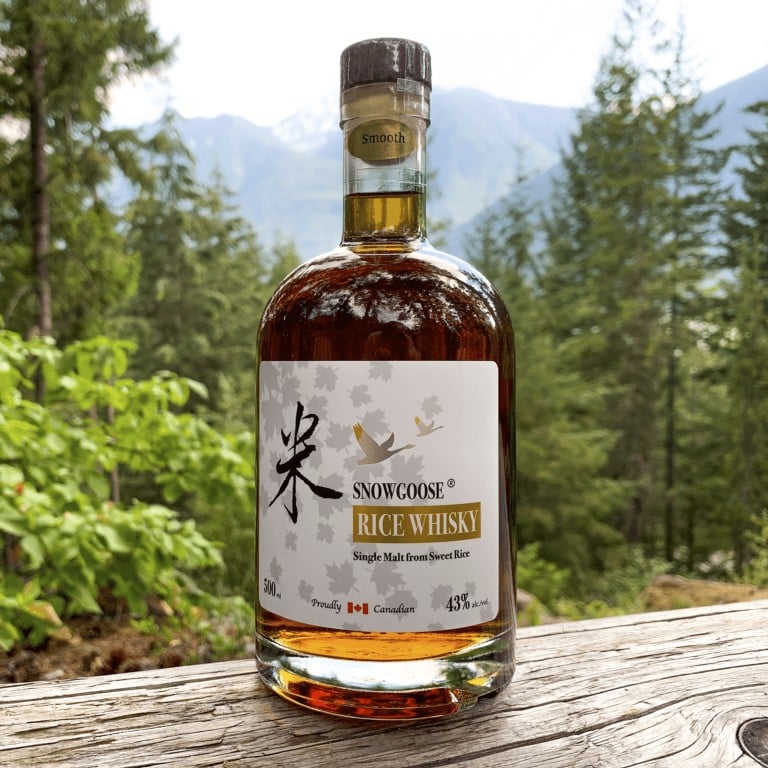
The rice whisky made in Canada by a Chinese microbiologist
- Mineral Ding is convinced that rice is better than wheat, barley, rye or corn for making whisky, and with his Snowgoose brand, he intends to prove it
- His mother’s family used to run a business making rice wines and liquors in China, until 1949 when the Communists took over and they were forced to close
With a sweet aroma like honey with hints of fruit, the deep-caramel-hued whisky is easy drinking and goes down smoothly.
It has the taste and feel of a whisky made from barley, rye, wheat or corn – but it’s actually made from rice. And distilled in Canada.
The brand behind the booze is Snowgoose and its rice whisky is being made in British Columbia by Mineral Ding Yingxiang, who has lived in Metro Vancouver for 23 years.
He only started making whisky and other alcoholic beverages in 2014, and began selling them two years later.
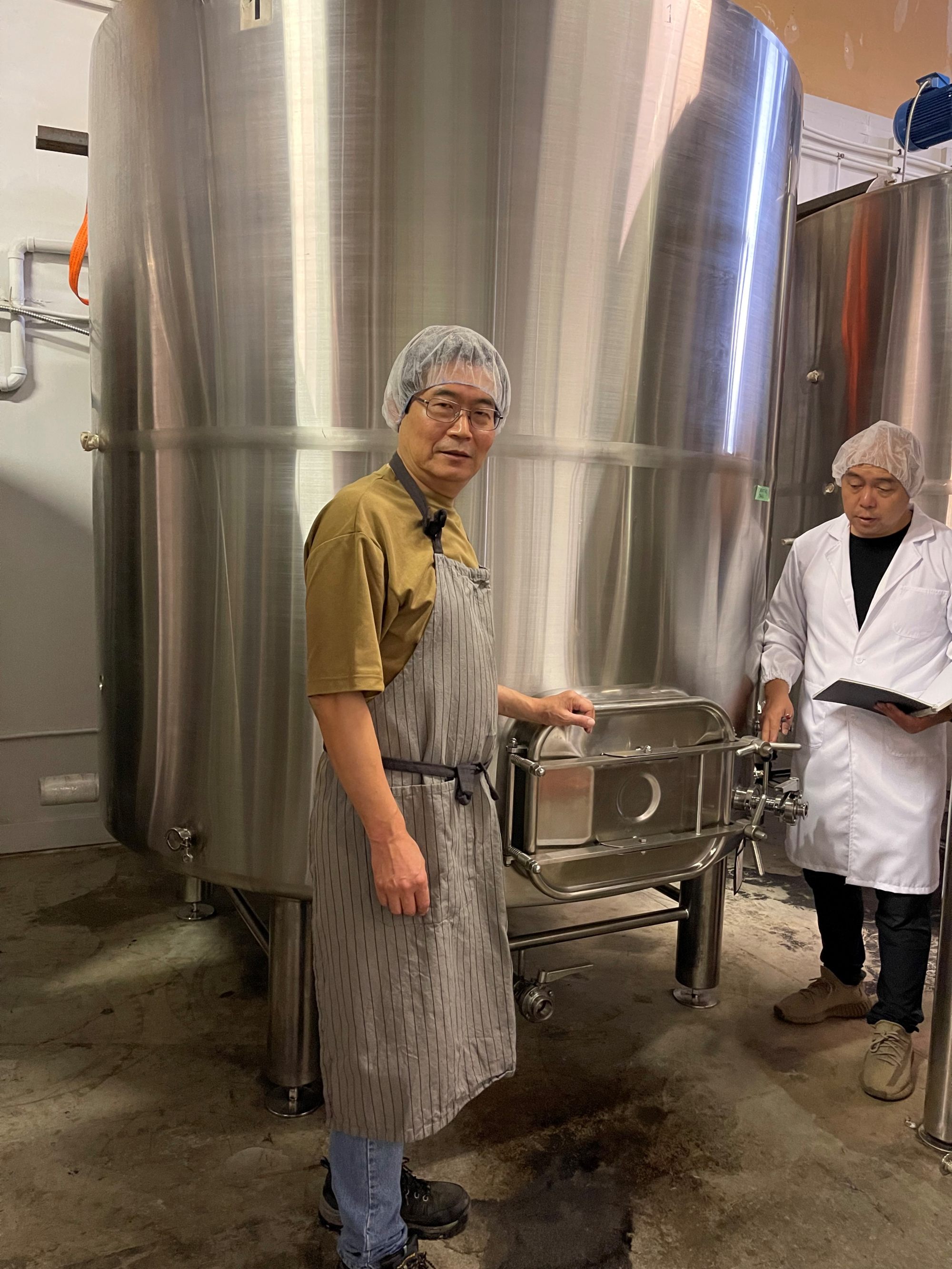
“[Making rice spirits] is a family thing, it’s a hobby,” says Ding, who is originally from the city of Taizhou in China’s Jiangsu province.
His mother’s side of the family used to run a small business making rice wines and liquors, until 1949 when the Communists took over China and they were forced to close.
After Ding was born in 1963, his mother’s family only periodically made alcoholic drinks to give to family and friends.
Why this Indonesian-Chinese influencer’s layer cakes sell out so fast
He has now revived the family business across the Pacific Ocean. He offers rice wines, including ones flavoured with peach or lychee, that look a bit like makgeolli, the Korean rice wine, but not as cloudy; blueberry wine; sherry made from rice; and osmanthus wine, which has just a hint of floral scent. However, his bestselling product so far is rice whisky, which has gotten a lot of interest.
While Scotland and Ireland make the spirit from barley or rye, and the United States from corn, Ding believes that rice is a superior grain for making whisky.
“With wheat or barley or rye or corn, the skin or the shell is connected to the core of the grain so you cannot separate them easily. So you need to mill them, then use a screen to remove the shells,” he says.
“But with rice, the grains are totally removed from the shell or the skin of the grain, so it makes it more pure and clean. When you ferment it, it is without the shell. But with barley, wheat and corn, they are fermented with the shell and the taste is pretty bad and bitter.”
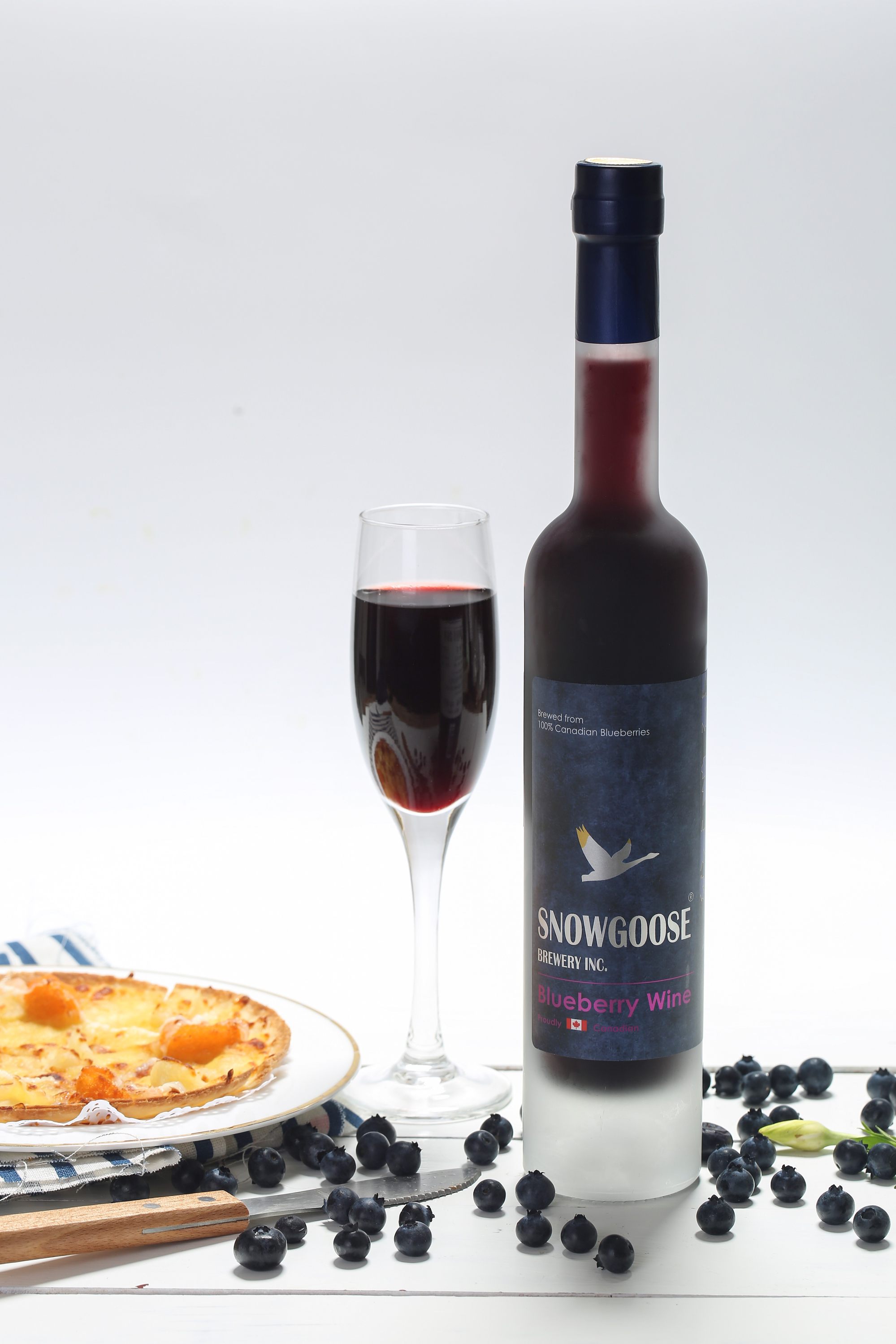
He set about experimenting with different varieties of rice from various countries. In the end he chose glutinous short-grain rice from California.
“I don’t use rice with aromas with a very strong flavour like jasmine rice. I like the pure aroma of rice itself,” he says.
He adds that the water in Vancouver is some of the best in the world, but when it comes to diluting the spirit to lower the alcohol content, he uses distilled water.
Most of the whisky from barley or corn cannot be made as clean and smooth as mine with rice
Another important process is ageing the whisky to get its flavour and colour. Ding uses new American oak barrels so the rice whisky isn’t tainted with the residual flavours left behind by other spirits.
“The alcohol from rice is very pure so I don’t want any liquor, like whisky or rum, to affect the flavour,” he says. “I just want to have the smell, aroma and taste of my alcohol and the wood and that’s it.”
Canadian regulations stipulate that whisky made in the country needs to be aged for a minimum of three years. Ding keeps his in barrels for an extra two years before bottling it.
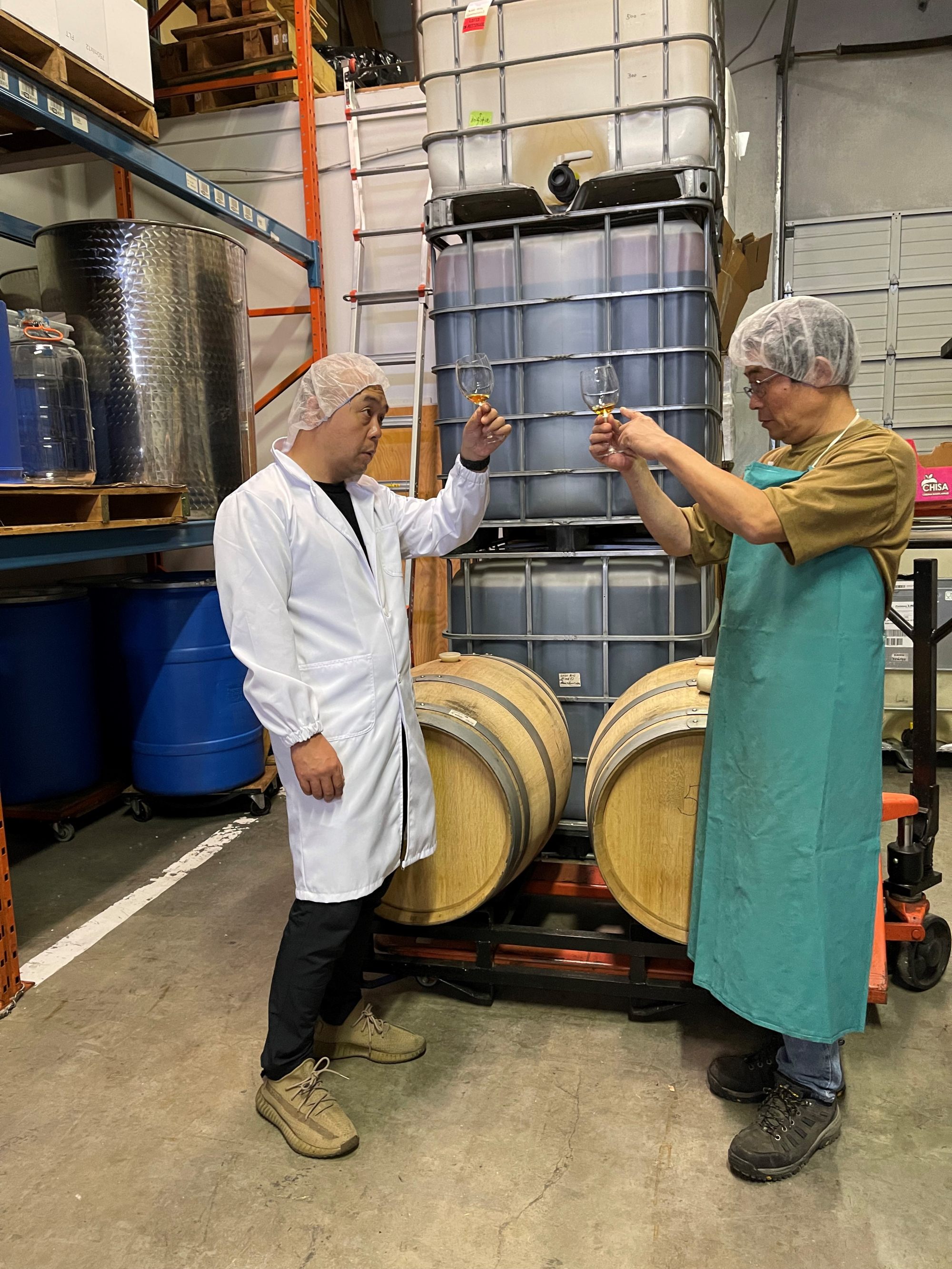
Snowgoose sells two kinds of whisky: smooth and classic. The former is very easy drinking, while the latter is more complex with a lasting finish.
Even though he only started selling rice whisky in 2022, Ding has received a lot of positive feedback from consumers – over 60 per cent of which are not of Chinese ancestry.
“[Non-Chinese] probably need a new style [of whisky] and ours is very pure, very smooth and clean and settled. The ladies especially prefer the smoother one, that isn’t as harsh or bitter,” Ding says.
“Most of the whisky from barley or corn cannot be made as clean and smooth as mine with rice. I know how to control the fermentation to get the smooth alcohol.”
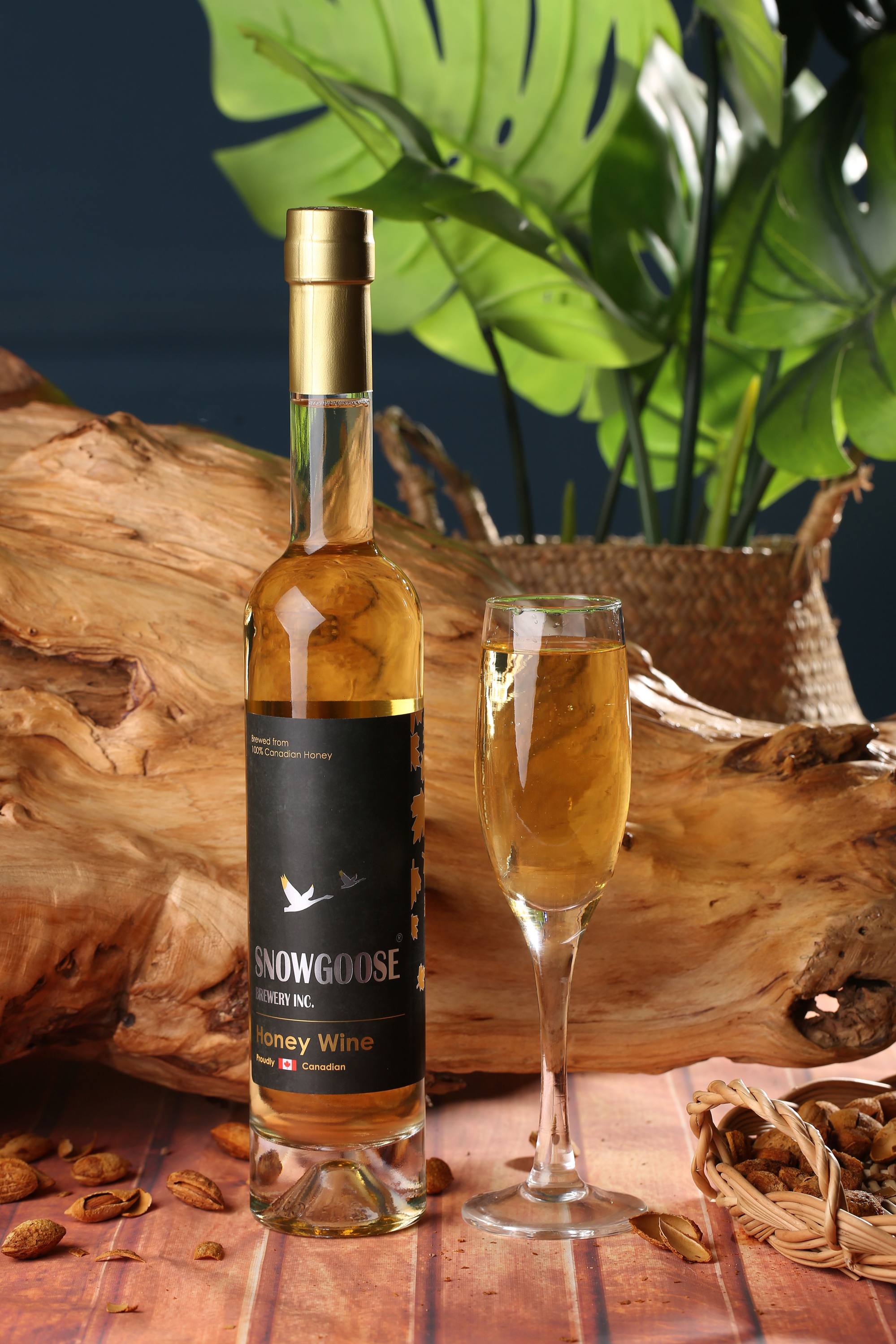
His confidence stems from his background in microbiology. He studied agriculture chemistry at China’s Nanjing Agricultural University in the mid-1990s before pursuing a PhD in agronomy, where he focused on forest ecology and silviculture before immigrating to Canada in 2000.
He had planned to go to Toronto after stopping over in Vancouver first, but then never went further east. Ding found work at the University of British Columbia as a research associate in forestry, and eventually attained a master’s degree in forest products marketing.
From there he began helping national and provincial forestry associations promote Canadian wood in China, which he continued doing after starting Snowgoose in 2014. He finally quit the forestry sector in 2022 to focus on making rice spirits full-time.
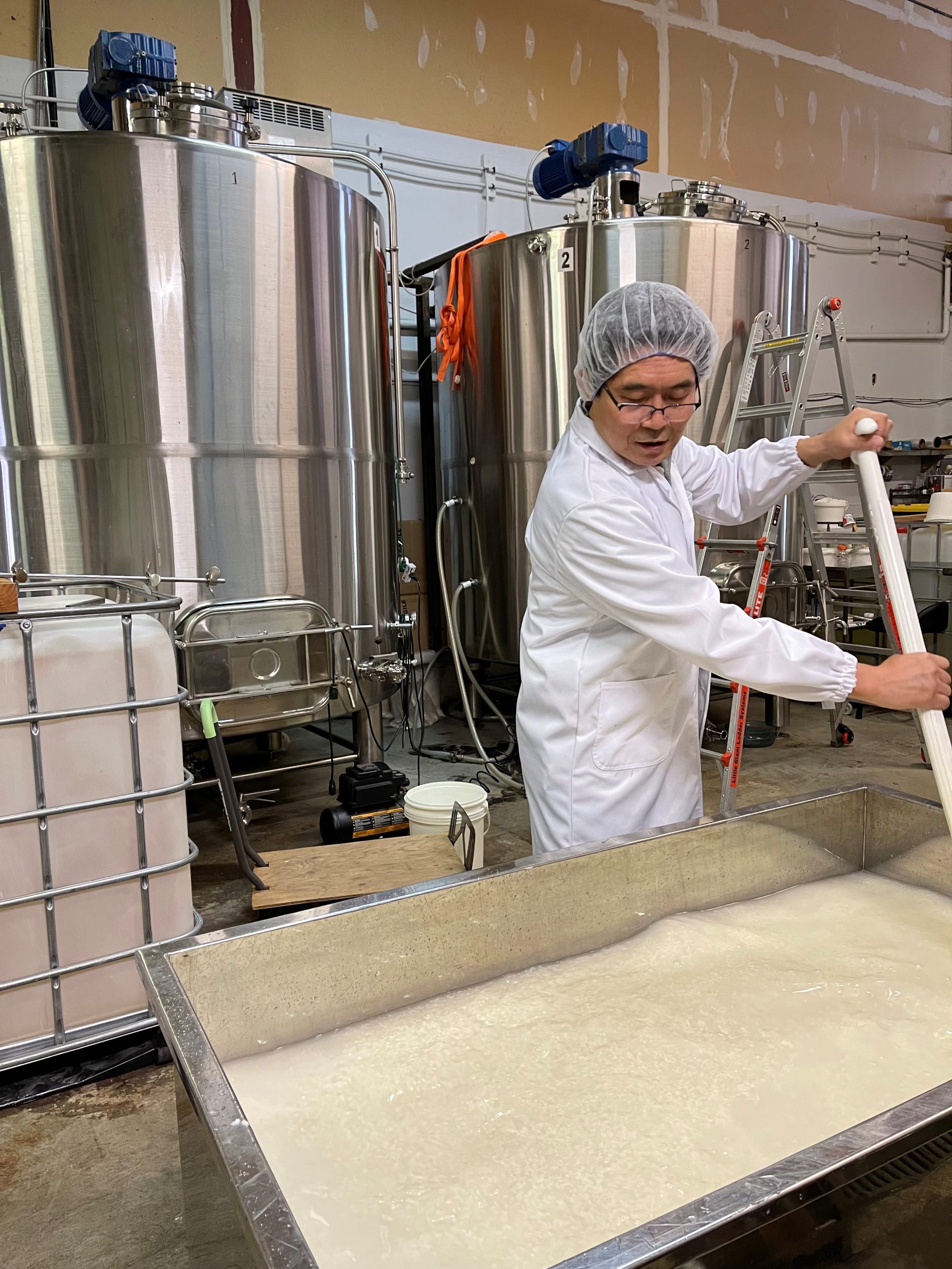
While doing market research, Ding discovered there are no other Canadian or American companies making Chinese-style spirits.
He wondered why, considering Chinese immigrants have been coming to North America since the mid-1880s.
“I wasn’t very experienced and thought this was a good opportunity for me. But now I understand why – because this is a business that takes so much time to grow and survive,” he says. “You don’t make any money for many years.”

These days, Ding is busy on weekends promoting his products at farmer’s markets all over Metro Vancouver and getting feedback from visitors to his booth.
“I’m still understanding what products sell best. Other than rice whisky, blueberry wine is also popular.”

But the rice whisky has undoubtedly been a steady crowd-pleaser.
“Most people love it – eight out of 10 like it and one or two will say it’s interesting,” Ding says.
“People really like it so I feel lucky. Of course I will continue to improve it, but right now it’s already a pretty good one.”

